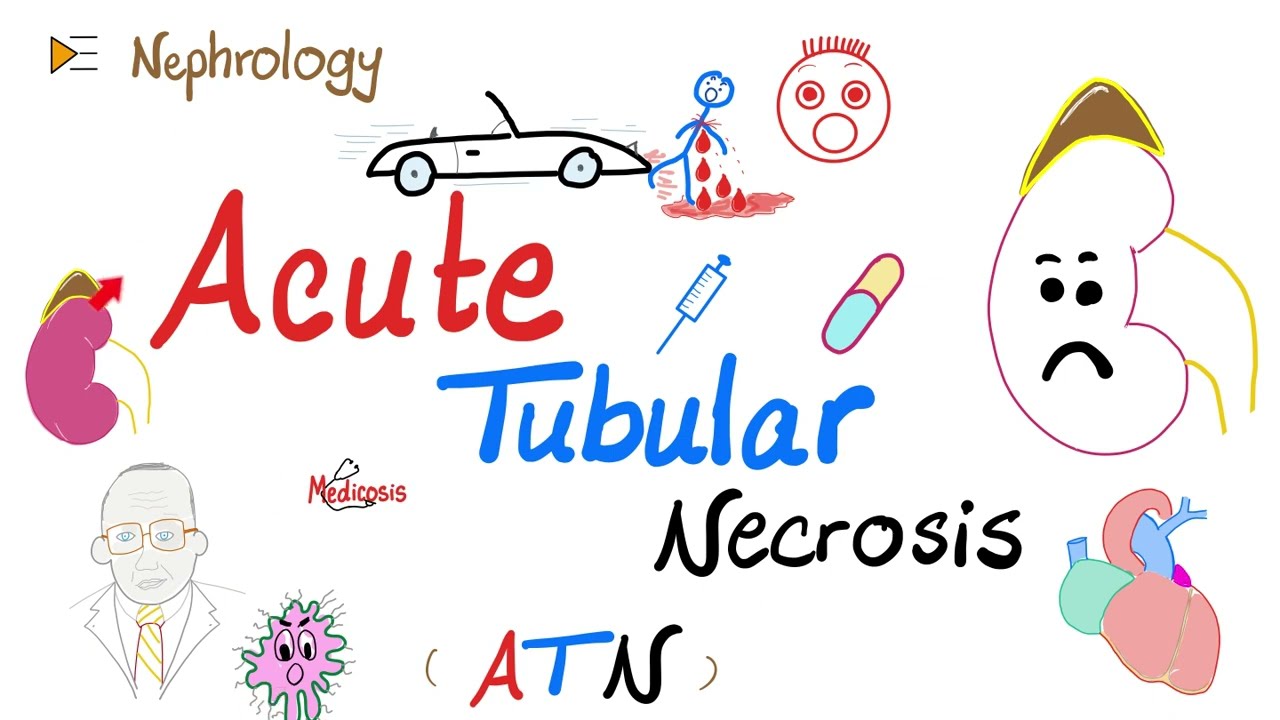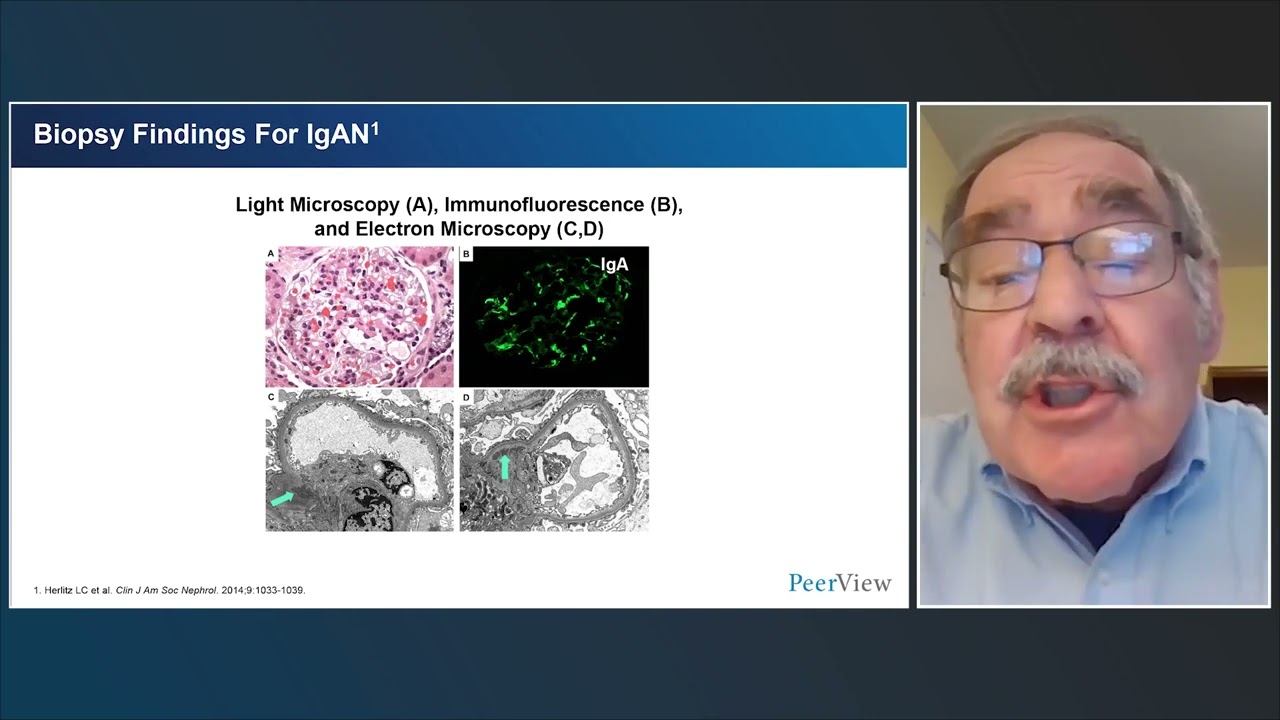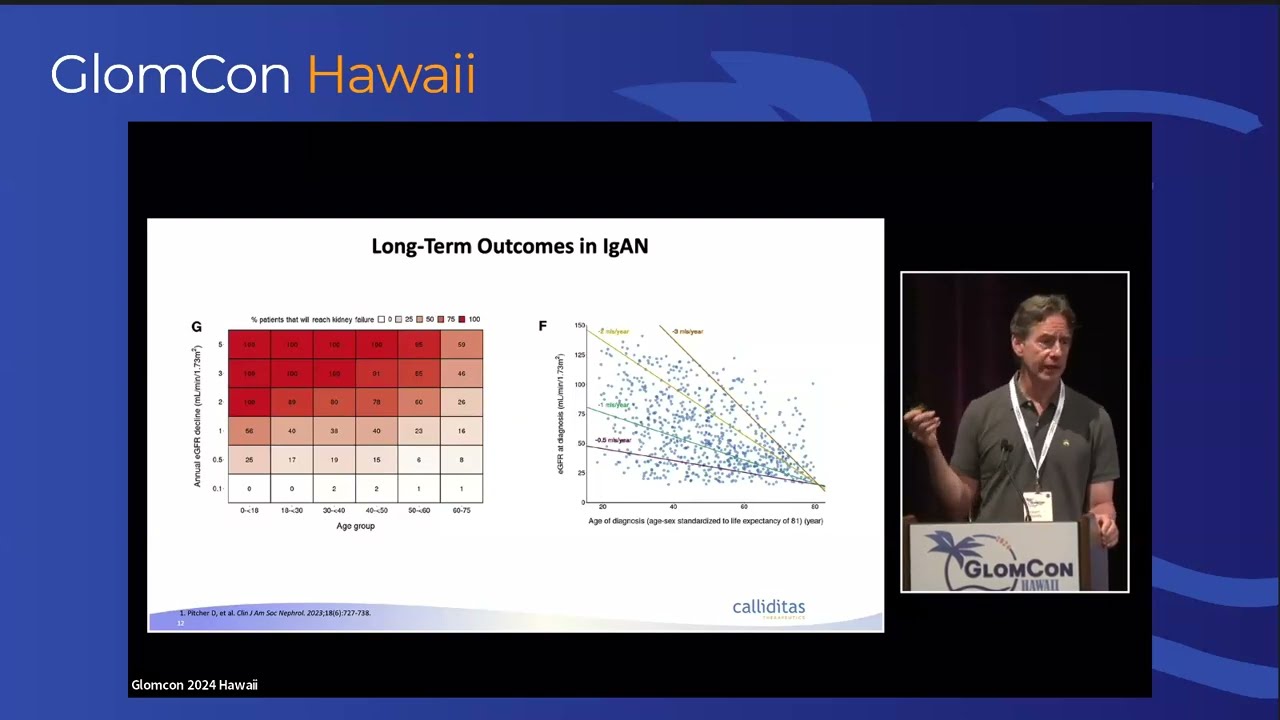The Nephrology Channel
By David Douglas
NEW YORK (Reuters Health) – Mammalian target of rapamycin (mTOR) inhibitor treatment has been linked with acute tubular necrosis (ATN) in four case reports from France.
In a June 24 online paper in Annals of Oncology, Dr. Hassane Izzedine of Pitié-Salpêtrière Hospital, Paris, and colleagues describe what they believe to be the first cases of acute kidney injury after starting mTOR therapy for cancer.
These involved three women in their 50s and a 73-year-old man. Kidney biopsies showed acute tubular necrosis with prominent tubular dysfunction.
The authors note that these agents have immunosuppressive and anti-cancer effects, but can also prompt stomatitis, rash, dyslipidemia, and hyperglycemia — and patients often develop mild renal impairment.
Of the four patients in their report, one received everolimus and another received temsirolimus. The specific mTOR inhibitor was unknown in the other two patients
Two women recovered quickly after the mTOR inhibitor was withdrawn. These two had no prior chronic renal disease or nephrotoxic-associated drug use, and the mTOR inhibitor was stopped very quickly after an increase in serum creatinine.
The other two patients had fixed renal dysfunction, however, and the man remains dialysis-dependent. The woman had been receiving zoledronic acid.
The researchers conclude that oncologists and nephrologists “must be aware” that acute kidney injury/ATN which may not be reversible is a possible side effect. “We recommend monitoring renal function on a regular basis in cancer patients treated with mTOR inhibitors,” they say.
Drs. Marina Kaymakcalan and Rana McKay of the Dana-Farber Cancer Institute, Boston, who have studied this issue, are not entirely convinced, however.
As Dr. Kaymakcalan told Reuters Health by email, “During our search for studies pertaining to adverse events associated with mTOR inhibitors we found several that we used in our meta-analysis that identified acute renal failure as a cause of fatalities. None of these studies indicated that the acute renal failure was actually acute tubular necrosis.”
“I do believe,” she added, “it is difficult to fully attribute ATN to mTOR inhibitor use in cases where patients have previously or are concomitantly using other nephrotoxic medication, particularly (as in one of the 4 cases) where the patient was also on a bisphosphonate. Bisphosphonate-induced acute tubular necrosis is well known.”
More specifically, Dr. McKay told Reuters Health by email, “In each case presentation, it is difficult to attribute the development of ATN solely to therapy with an mTOR inhibitor. In the first case, the patient was receiving a concurrent bisphosphonate. In the second case, the patient was hypotensive at admission, raising pre-renal etiology as a possibility for the ATN.”
“Additionally,” she pointed out, “it would be helpful to have more information about the type of mTOR inhibitor used in the second and third case. Classically, agents such as everolimus and temsirolimus solely affect the mTORC1 protein and not the mTORC2 protein. In the last case, the patient has underlying chronic kidney disease with proteinuria, anemia, and thrombocytopenia which raises concern for another etiology of renal failure.”
Dr. Izzedine did not respond to requests for comment.
Source: Acute tubular necrosis associated with mTOR inhibitor therapy: a real entity biopsy-proven
Ann Oncol 2013.








